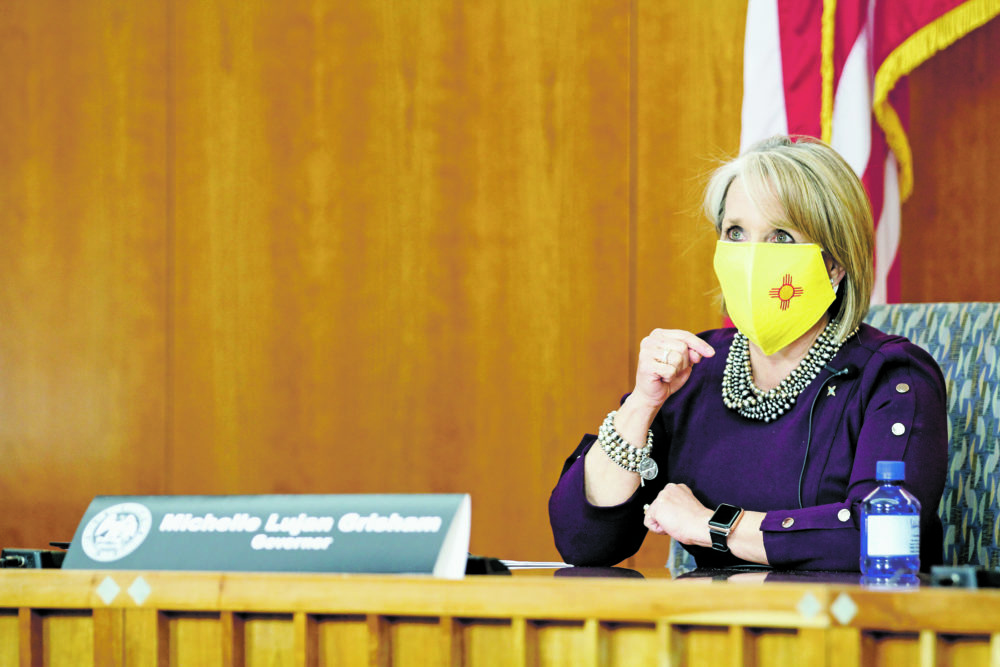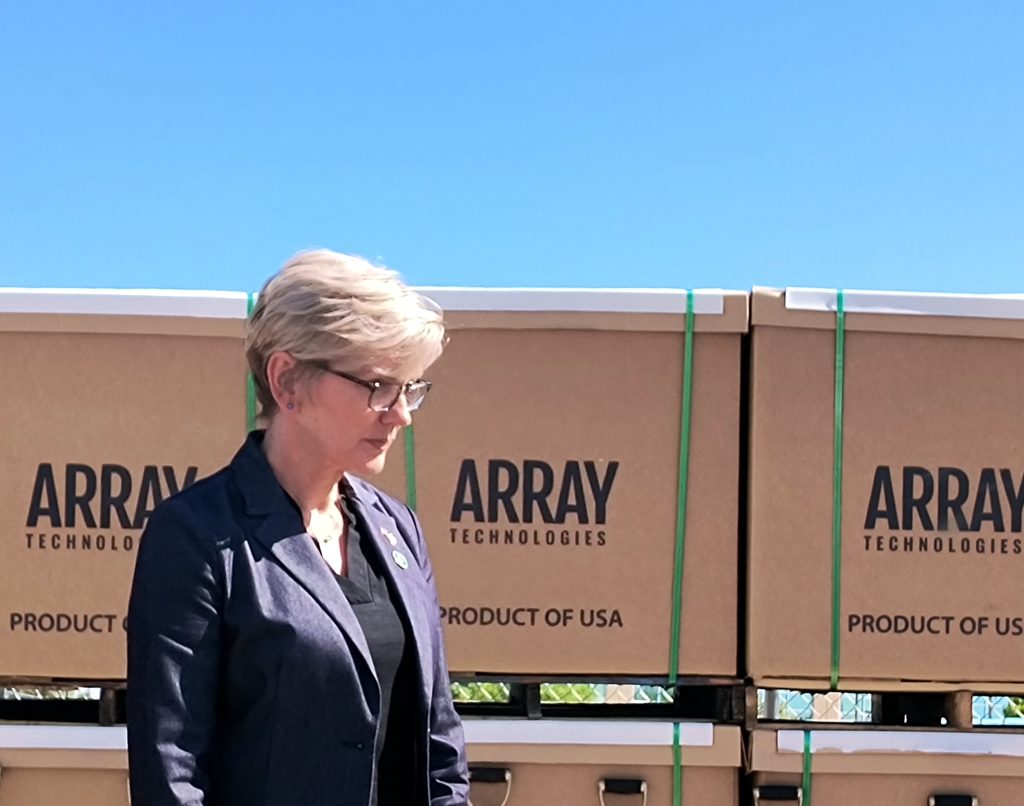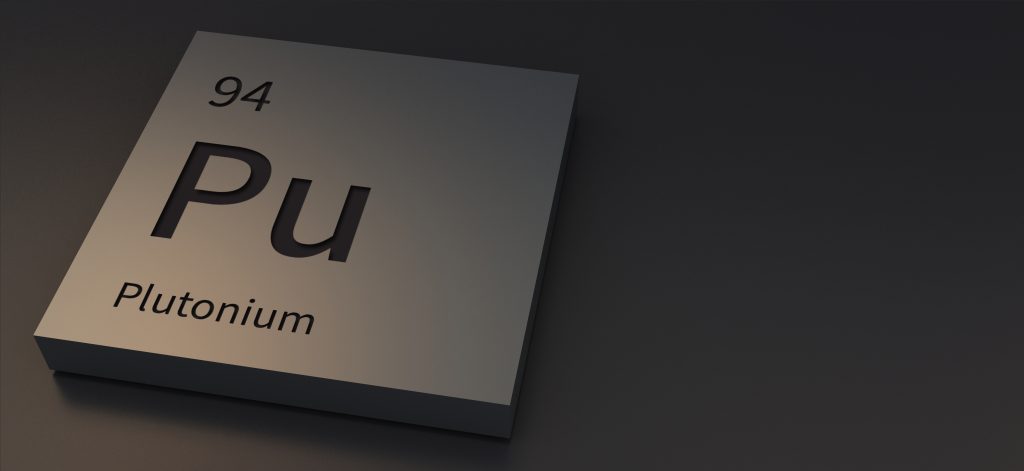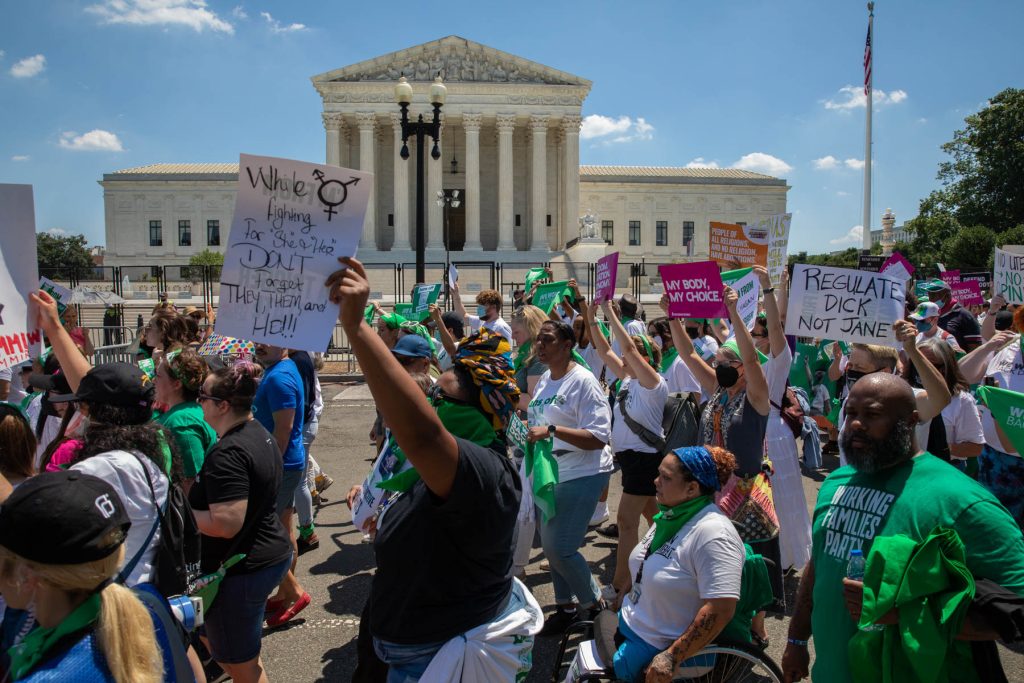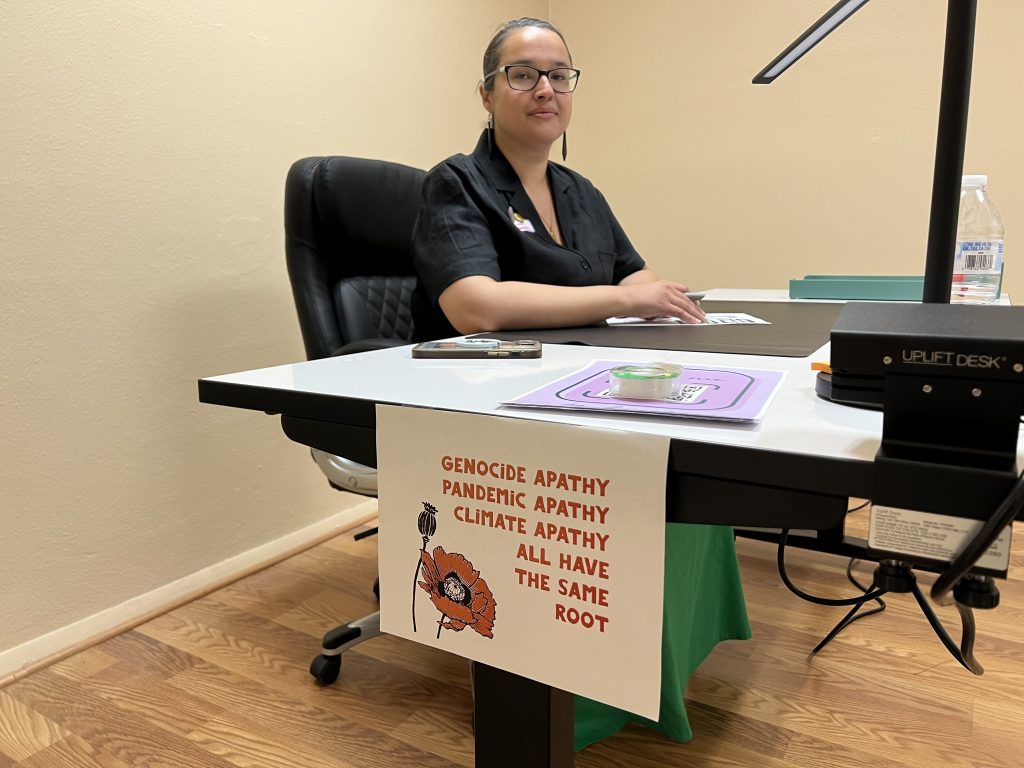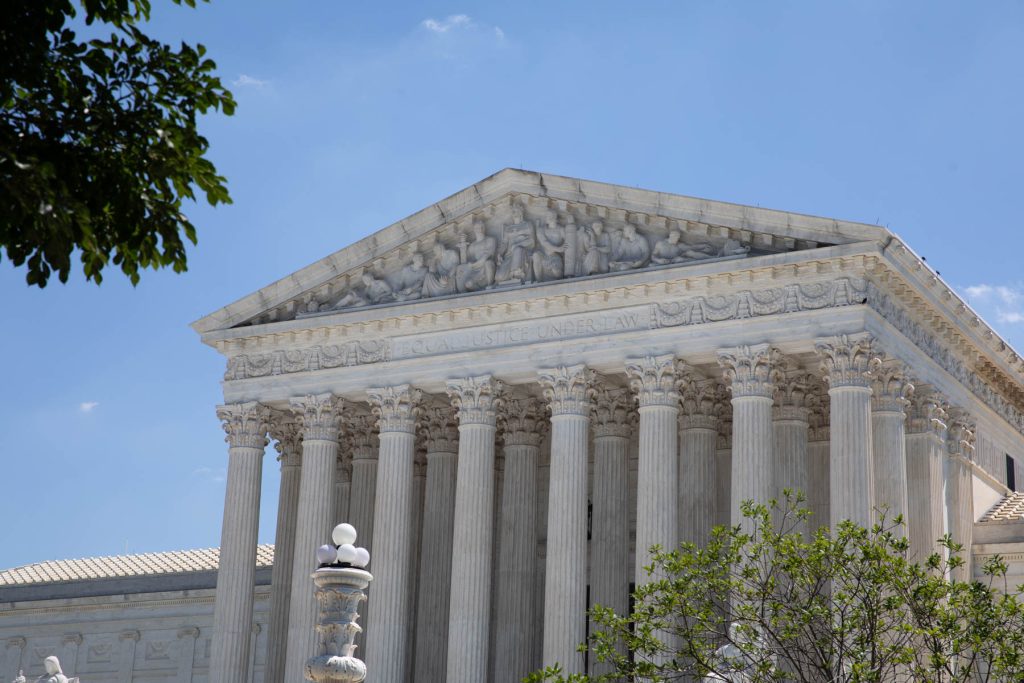New Mexico’s social and physical distancing is working in New Mexico overall, the “curve” has been flattened and the state is preparing plans to ease restrictions put in place to slow the spread of COVID-19.
“I want you to celebrate—in your house with your family,” Gov. Michelle Lujan Grisham said.
That was the optimistic news from the governor’s weekly COVID-19 press conference on Wednesday afternoon.
Lujan Grisham cautioned that the work was not yet done, and said the state would extend its public health emergency order through May 15 in the coming days; it currently runs through April 30. Public health emergency orders can only be extended for 30 days at a time.
Phased economic response
The governor said that the state is now in the “preparation phase” of reopening the economy—and that social distancing will be key throughout the process. When the actual reopening begins isn’t yet set.
During the preparation phase, an economic recovery council and other councils will advise the state on when and how to enter the state’s “phase one” of economic recovery.
The economic recovery council will be co-chaired by former State Rep. Brian Moore, co-owner of the Ranch Market in Clayton, and Christina Campos, administrator of Guadalupe County Hospital in Santa Rosa. The councils will develop COVID Safe Practices, or CSPs, and find definitions for how business can protect both employees and customers.
Phase one won’t mean that things go back to how they were two months ago, before the public health emergency order, Lujan Grisham said.
“What can we do to both look at economic recovery, to stay in the fight productively and to give a sense to New Mexicans, including everyone in New Mexico, some relief valve? What is normalcy going to look like? It’s not going to look like what it did in January.”
During phase one, vulnerable individuals will be told to continue to stay home, and some non-essential businesses will be allowed to reopen in compliance with the new CSPs.
Under phase two, more businesses will be able to open, but large gatherings and events will remain restricted.
Under all of the phases, until a vaccine is developed and distributed, life will look very different, a state official said.
“The vaccine is the end-game,” Dr. David Scrase, the Human Services Department Secretary said.
But until then, he said that New Mexicans would be wearing masks when out in public “for quite some time until we’re all immune.”
Curve flattening
The efforts in New Mexico of “flattening the curve,” or reducing the peak number of COVID-19 cases and hospitalizations, are showing up in the state’s models, Scrase said.
“We actually have flattened the curve for the whole state of New Mexico,” he said.
The model shows that New Mexico will no longer have its amount of hospital beds overwhelmed by demand, and that curve flattening, along with finding new ways to outfit ventilators and other devices, show that the state won’t run out of the crucial devices. The one spot the models show potential trouble is in the number of intensive care unit beds for the most seriously ill.
He warned that information could change when the state receives more data.
A key part of the data is the testing conducted by the state.
New Mexico has been one of the most aggressive states in increasing COVID-19 testing capacity.
Department of Health Secretary Kathyleen Kunkel said the state has 64 testing sites in all 33 counties, and its capacity allows the state to test asymptomatic people.
The state is testing asymptomatic essential workers.
“We are deliberately testing asymptomatic people to see if there is silent COVID that we’re not aware of,” Kunkel said.
This is in addition to testing those that are symptomatic and a focus on at-risk communities like those in long-term or congregate facilities and tribal nations.
The next step of testing is serological testing, which is a blood test that looks for antibodies.
“That gives us some information so that we can figure out how prevalent it is and where it is,” Lujan Grisham said.
She said the state is already aggressively pursuing serological tests and equipment, but is aware of faulty and non-FDA-approved equipment.
That sort of testing to show how widespread and where the disease is in the population is important, according to the governor. It will guide how and when the state opts to ease restrictions.
“It is crucial to making smart, proactive decisions about both economic recovery and protecting our population,” Lujan Grisham said. “These things have to be done together. You don’t get to choose one or the other.”
While other states have formed coalitions to determine regionally when easing restrictions, New Mexico so far has not.
“We haven’t really coalesced that into a strategy yet and we’re planning to have our next set of conversations in the next couple of days,” Lujan Grisham said.
Challenges to face
While the news was overall positive, the governor remained concerned about those in McKinley and San Juan counties.
In its new numbers, the state had announced that 59 of the 139 new cases were found in McKinley County, and another 25 in San Juan and Sandoval counties. McKinley continues to far outpace the rest of the state in positive cases per capita. And all six of the deaths announced on Wednesday occurred in either San Juan (5) or McKinley (1) counties.
Among the 537 members of the state national Guard that have been called up, she said over 50 are in Gallup providing aid.
And the state has delivered 404,000 pounds of food to the Navajo Nation, the Jicarilla Apache, the Mescalero Apache and the Pueblos of Zuni, Zia, Picuris, Santa Ana and Laguna.
But Lujan Grisham finished on a positive note.
“Keep doing what you’re doing, New Mexico,” she said. “We are winning the fight against this virus.”

